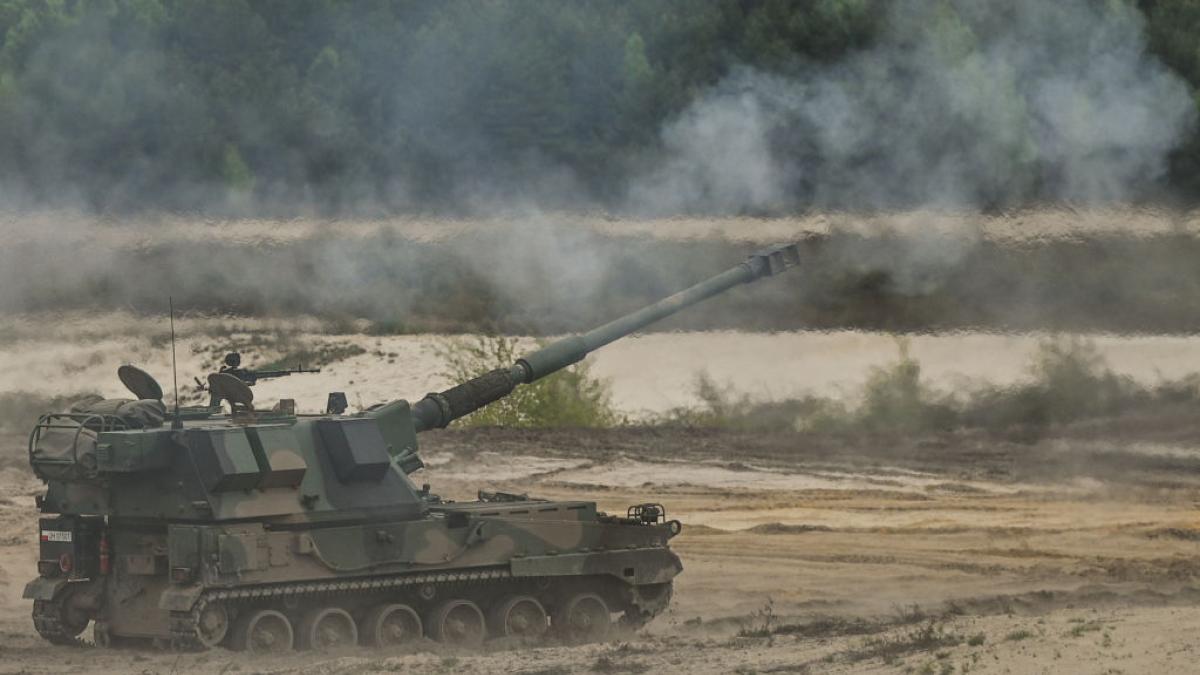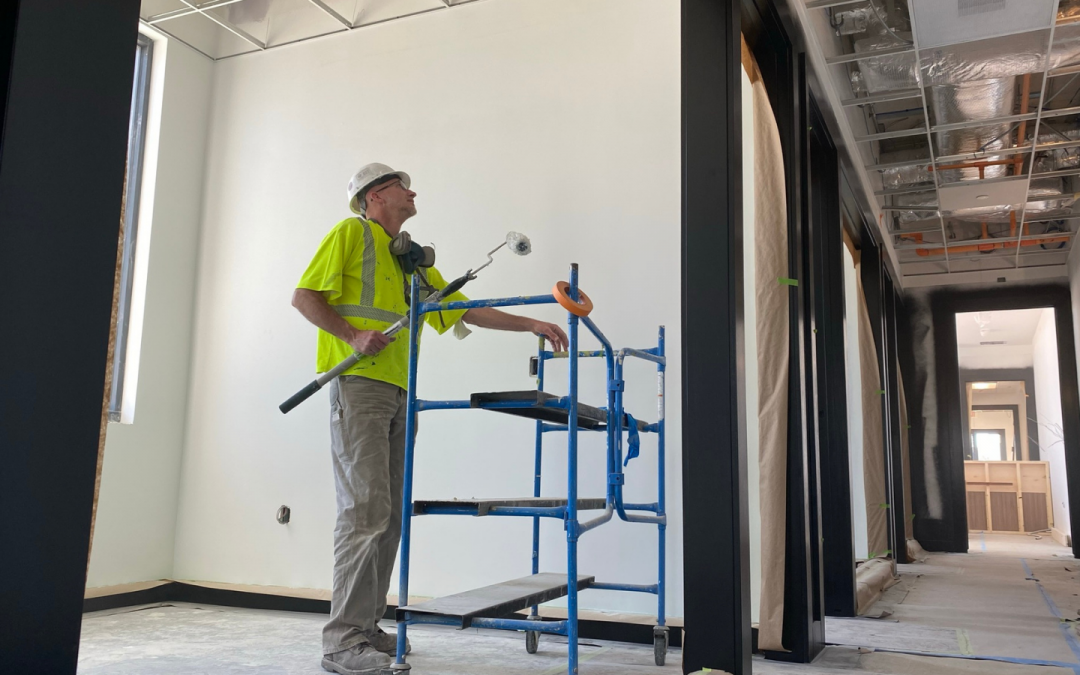Technology is constantly changing industries all over the globe, and modern military operations are no exception. The advancements in sensors, materials, energy systems, and data processing are changing not only how soldiers fight, but also the way they manage and adapt on the field. The nature of warfare has changed to reflect this. The modern battlefield requires faster decisions and more mobility, capabilities that are enabled by technology that operates efficiently in more complicated and unpredictable environments.
In the midst of this change, the military vehicles are now more than transportation or weapons platforms. They are now centers of innovation, integrating capabilities that were previously restricted to command centers, drones to monitor surveillance, or equipment for specialization. As new threats arise from urban conflict and electronic warfare to extreme environmental conditions, there is a growing need to keep these vehicles operational and upgradable for many years to come.
This article takes a close look at the various ways in which military vehicles are evolving to face the new challenges. It provides a glimpse into how technology and design are collaborating to create the future generation of land-based defense platforms.
Table of Contents
Platforms for Modular, Multi-Mission Vehicles
In today’s battlefields, rigid specialisation may hinder operational efficiency. Armed forces are increasingly using platforms that can be quickly adaptable to various tasks, such as combat in the frontline or logistics support, medical evacuation,n or disaster response. This shift is a reflection of a larger requirement for flexibility, particularly in situations where time frames are limited and conditions may alter without notice.
Modular vehicle systems meet this need by allowing operators to swap out interchangeable mission modules inside and out of a chassis. Instead of building separate fleets to perform each task, military organizations can utilize an integrated platform that can be customized to different configurations. This is a method that is designed to streamline logistical processes, lessen maintenance, and enable them to increase capabilities or scale them down according to need. It also allows for interoperability between allies and units, which is becoming more important when it comes to joint operations.
Electric Drivetrain Hybrids and Low-Signature Vehicles
The ability to move silently can be more decisive than the firepower. When missions require stealthy operations or are in areas of contention, the capability to decrease the thermal and acoustic signatures of a soldier gives troops an advantage in the tactical arena. This also reduces the chance of detection before it is too late, which allows forces to maneuver more effectively in areas of high threat.
Hybrid electric drivetrains have been conceived as a viable solution to this issue. Combining traditional engines and electric power, these systems permit military vehicles to run more efficiently and quietly, particularly during idle or low-speed activities. Hybrid drivetrains can also increase operating range and decrease dependence on fuel convoys that are usually targets for attack. Sustainability and resilience are inextricably linked in our current age, which is why hybrid and electric solutions are proven to be essential for environmental performance as well as battlefield resilience.
AI-Powered Decision Support and Situational Awareness
Being in complex, highly technical environments can overwhelm even the most skilled crew. With threats coming from every direction and across diverse terrains, having an accurate and complete picture of the battlefield is almost as crucial as firepower or armour.
To address this requirement, the majority of modern military vehicles are now equipped with AI-enabled systems that combine information from sensors, cameras, and other sources into a single view. These platforms allow operatives to recognize and identify threats in real time, as well as anticipate movements and make safer journeys through terrain. Additionally, features like 360-degree conditional awareness and automatic target recognition enable quicker decision-making and fewer human errors. When combined with automated support tools, AI systems also lighten the cognitive burden on drivers.
Command capabilities that are mobile and network-ready
Fixed command posts can not be able to offer the protection or flexibility that modern operations require. Mobility, as well as communication and decentralisation, are more crucial than ever in the modern battlefield. Therefore, the capability to connect command and control systems on the battlefield has been a major strategic advantage.
Nowadays, it’s commonplace to find mobile command vehicles that serve as fully-equipped operation centers on wheels. The expandable design allows teams to coordinate, plan, and analyze mission-related data in real-time, even in the most challenging environments or remote locations. They typically have secure video and voice channels as well as built-in data processing that are created to keep teams in touch and responsive wherever the action takes place. Since they are less dependent upon fixed systems, the methods of communication allow for the continuity of operations regardless of whether traditional network infrastructures fail.
Lifecycle Assistance and Designs That Are Ready for Upgrades
The rapid pace of technological development implies that the latest technology could be outdated in the near future. This poses a problem for forces in the military. How do you make sure that your platforms remain relevant when your equipment could be required to remain in use for a long time?
One solution is to look at vehicles that are designed with enhancements and durability in the back of their minds. Platforms that can support modular improvements could include new sensors, communications systems, or protection features. These are able to be modified to change threats without the need for a complete replacement. Diagnostics built into the system, as well as predictive tools for maintenance, enable more proactive servicing, which reduces downtime and costs over the long term. Companies that plan for the entire lifecycle of their assets from the beginning can reap the most value out of every asset, while also staying in front of any new demands.
Preparing for the future requires more than simply addressing the dangers you see and anticipating those you cannot. As the defense environment becomes more complex and military vehicles evolve to keep up with the changes will be crucial for maintaining agility, capability, and a sense of security in the field.





